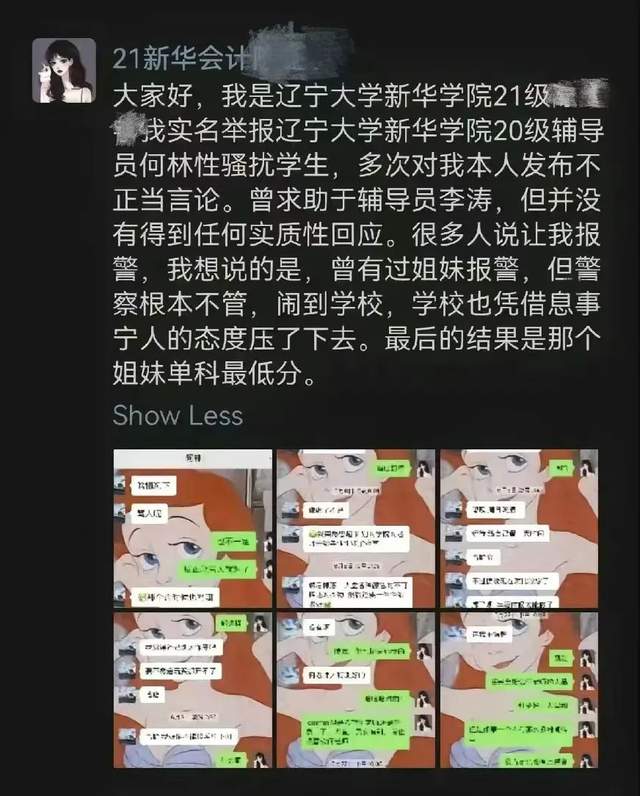Museum • Ancient and Modern Book | What is Yingpan Mountain?
Author:Chengdu Daily Jinguan Time:2022.07.28

Yingguanshan site,
It is located in 2.5 kilometers south of Fengyi Town, Mao County, Aba Prefecture, Sichuan Province.
The area is nearly 150,000 square meters.
Recently, the "Cultural Relics Protection Planning Project Team of Yingguanshan Site" of the Chengdu Cultural Relics and Archeology Research Institute headed to the new stone in the Panshan Shinshi Age of Panshan, Maoxian, Sichuan.
Preliminary investigation of cultural relics protection planning,
As a result, the "Cultural Protection Planning for Cultural Protection Plan" is officially opened,
In the future, the site will also declare the national archeological site park.

The discovery of Yingguanshan ruins can be traced back to more than 40 years ago.
In 1979, the sarcophagus funeral group was found in the Panshan Infrastructure Construction Project.
Maoxian Cultural Museum cleaned it up,
A total of 10 tombs were cleaned up and after.
In 2000, in order to cooperate
Under the unified leadership of the Sichuan Provincial Cultural Relics Bureau,
Chengdu Cultural Relics and Archeology Research Institute (formerly known as the Institute of Urban Relics and Archeology),
Aba Tibetan Qiang Autonomous Prefecture Cultural Relics Management Office,
Maoxian Dai Museum and other local cultural and bloggers,
For the upper reaches of the Minjiang River (including Wenchuan, Maoxian, Lixian, Songpan, and Heishui)
A comprehensive and detailed archeological survey was conducted,
A total of 82 Neolithic cultural sites and relics collection points were found.
In July 2000, archeologists collected relics such as pottery, stone artifacts and other relics in the Neolithic period.
And discovered the accumulation of native cultural layers,
It is confirmed that Yingguanshan is a neolithic era.
In late October 2000, the first exploration and trial excavation of Yingguanshan site and sarcophagus burial cemetery was conducted.
From September 12th to November 5th, 2002, the three units conducted detailed explorations of Yingguanshan site and sarcophagus burial cemetery again.
And select the second trial excavation.
The exploration area is 6,000 square meters,
The total exposure is nearly 400 square meters.
2003, 2004, 2006,
Archaeologists conducted three formal and large -scale excavations at the site of Yingguanshan.
The excavation area reaches 2200 square meters.

Luxury Ceramics New Stone New Stone Period
So far,
There are hundreds of relics of the Neolithic Age in Yingguanshan Site,
Including squares, sacrifice pits, gray pits, room sites, kiln sites, etc.
There are more than 10,000 relics such as pottery, stone, bone, and jade.
The unearthed cultural relics include the earliest ceramic sculpture artwork found in Sichuan,
The earliest artificial use of cinnabar,
The earliest and largest ceramics sites found in the upper reaches of the Yangtze River, etc.
The number of colorful pottery unearthed is the highest in Sichuan,
It is a major breakthrough in archeology in the upper reaches of the Minjiang River and even northwestern Sichuan.

Paper pot new stone period
In April 2005, the Panshan site of Maoxian County was shortlisted for the final list of new new archaeological discoveries in the country in 2004.
In 2006, Yingguanshan site was announced as a national key cultural relics protection unit.

Deep -bellied pottery new stone period
According to the "Huayang National Chronicle",
The first generation of the ancient Shu first king of the silkworm cluster,
Originally lived in the stone room of Laoshan,
Later, he led the tribe into the Chengdu Plain.
Some scholars believe,
In the late New Stone Age,
The ancestors of Gu Shu set off from Yingpan Mountain,
Turn over Jiuding Mountain,
Enter the Chengdu Plain.

Tao Plastic Noodle Shin Stone New Stone Period
Proof of archeological materials in Northwest Sichuan,
From 6000 to 5500 years ago,
Yangshao Culture Mid -term Temple Dougitan Types have entered the mountains of the Plateau northwest of Sichuan from north to south.
About 5300 years ago,
During the transitional transitional transition of the Yangshao Culture to Majiayao,
The larger -scale people move from north to south,
The impact of Yangshao culture on western Sichuan is particularly obvious.
About 5000 years ago,
The Majiayao culture period after Yangshao Culture,
A large -scale population migration occurred,
Northwest Sichuan mountain in the upper reaches of the Minjiang River,
I discovered the color pottery of the Majiayao type,
It can prove that the upper reaches of the Minjiang River in the northwest of Sichuan has been strongly affected by the Yellow River culture.

Paper pot new stone period

Cai Tao Pen Popular New Stone Period
Chen Jian, a researcher at the Chengdu Cultural Relics and Archeology Institute, believes that
Investigation and excavation of the new stone cultural site of the upper reaches of Minjiang River,
It is a key part of solving the relationship between the new stone culture of the upper reaches of the Minjiang River and the ancient culture of Chengdu Plain.
It can help us answer a very important question:
Where does the ancient Shu people come from?
Protection and display of Yingguanshan site,
It can help people now and in the future look better.

Chengdu Daily Jinguan News Reporter Duan Yan Editor He Qixie Intern Editor Lu Yarui Picture Maoxian Museum Museum
- END -
Jin Yong's words were recorded into "Xin Qiji Ci"?Books must respect the facts

Wen | Xing YanyanRecently, some netizens said that they bought a Xin Qiji Ci in th...
Liaoning University counselor was accused of harassing girls.

In the early morning of the 25th, a 2021 -level accounting student at Xinhua Inter...